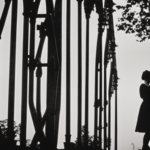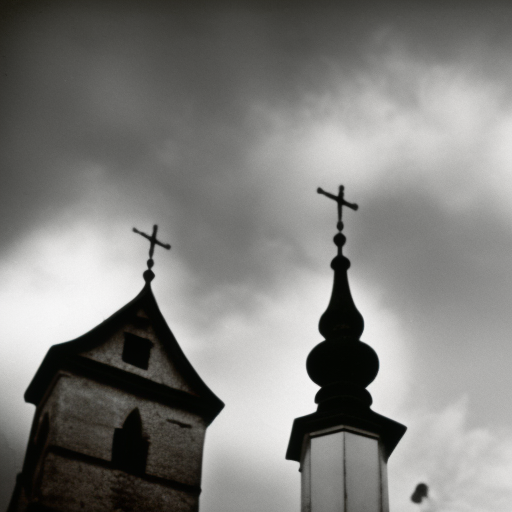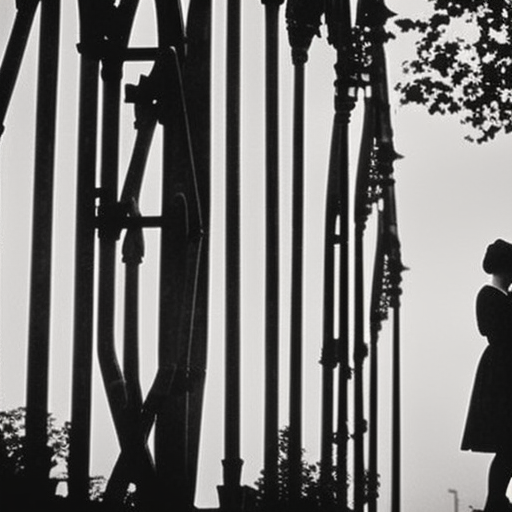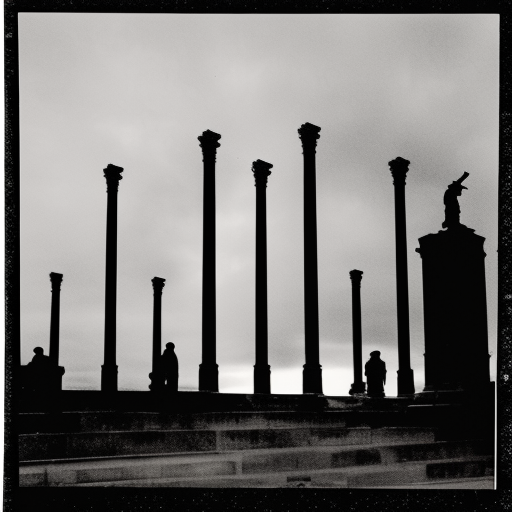The Carolingian Renaissance: A Revival of Learning and Culture
The Carolingian Renaissance was a period of intellectual and cultural revival that occurred during the reign of Charlemagne, the first Holy Roman Emperor, in the late 8th and early 9th centuries. It marked a significant shift in European history, as it sought to revive and promote learning, arts, and culture that had been in decline since the fall of the Western Roman Empire.
Background and Context
The decline of the Roman Empire had led to a period of intellectual stagnation and the loss of many classical texts and knowledge. However, in the late 8th century, Charlemagne recognized the importance of education and sought to revive the intellectual and cultural traditions of the Roman Empire. He believed that education and knowledge were crucial for the stability and prosperity of his empire.
Education and Scholarship
Under Charlemagne’s patronage, a network of schools and monastic centers was established throughout the Carolingian Empire. These centers became important centers of learning and scholarship, where Latin grammar, rhetoric, logic, and other subjects were taught. Charlemagne also encouraged the copying and preservation of classical texts, which had been neglected for centuries.
Carolingian Minuscule
One of the most significant contributions of the Carolingian Renaissance was the development of Carolingian minuscule, a standardized script for writing Latin. This new script was clear, legible, and easier to read and write than the previous scripts. It played a crucial role in the preservation and dissemination of knowledge, as it made the copying of texts more efficient.
Revival of Classical Literature
During the Carolingian Renaissance, there was a renewed interest in classical literature and the works of ancient Greek and Roman authors. Scholars and scribes diligently copied and preserved these texts, ensuring their survival for future generations. The works of authors such as Virgil, Cicero, and Ovid were studied and appreciated once again.
Palace School of Charlemagne
The Palace School of Charlemagne, located in Aachen, became a center of learning and intellectual exchange. Scholars from across Europe were invited to teach and study at the school. The most famous scholar associated with the Palace School was Alcuin of York, who played a key role in the revival of learning and the development of the Carolingian minuscule script.
Impact and Legacy
The Carolingian Renaissance had a profound and lasting impact on European culture and intellectual life. It laid the foundation for the medieval university system and the scholastic tradition. The revival of learning and the preservation of classical texts paved the way for the intellectual and cultural developments of the later Middle Ages and the Renaissance.
Conclusion
The Carolingian Renaissance was a period of intellectual and cultural revival that sought to revive the learning and culture of the Roman Empire. Under Charlemagne’s patronage, education and scholarship flourished, leading to the development of standardized scripts and the revival of classical literature. The legacy of the Carolingian Renaissance can still be seen in the intellectual and cultural traditions of Europe today.












